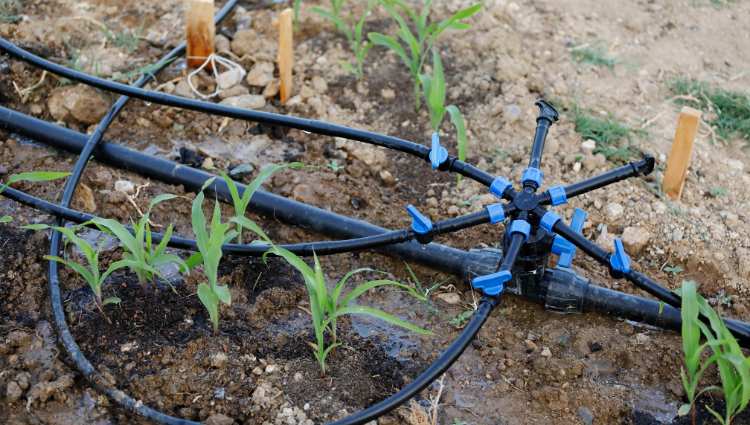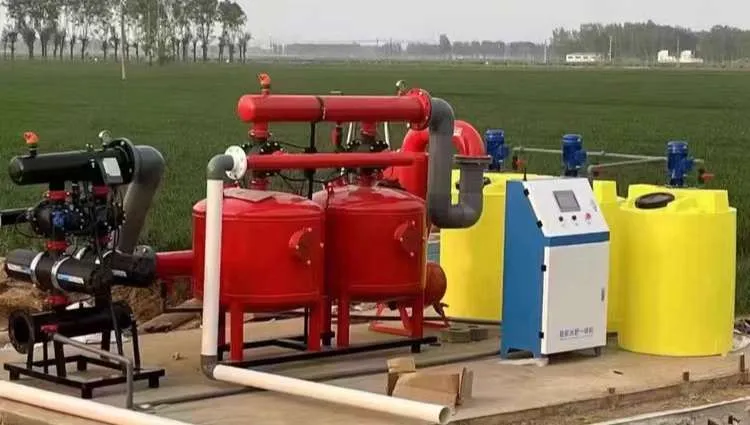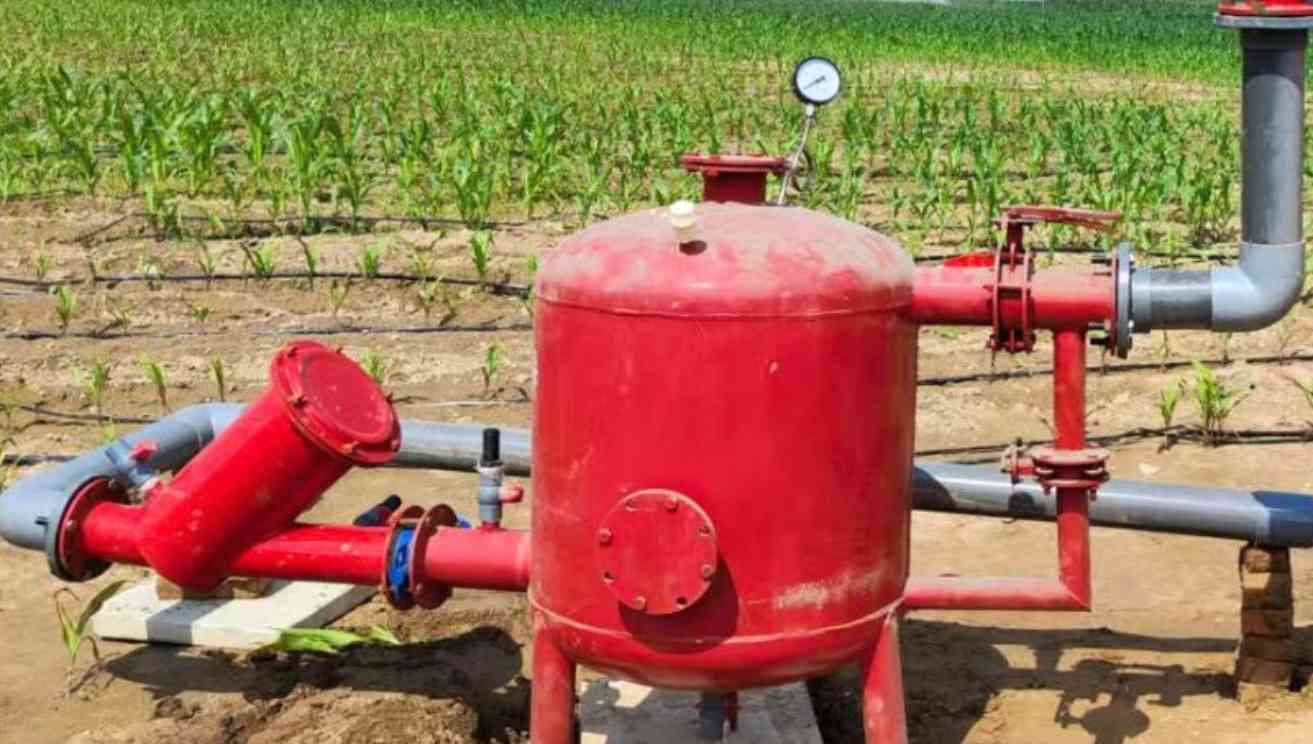İçindekiler
İster mühendisler ister öğrenciler için, Boru hattı sistemlerini anlamak kaçınılmaz olarak özelliklerinin anlaşılmasını gerektirir. Bunların arasında, boyut en temel ve en önemli parametrelerden biridir.
Borunun boyutundan bahsettiğimizde, bunun basitçe çapına atıfta bulunduğunu düşünebiliriz. Ama aslında, o kadar basit değil. Bunun nedeni, farklı malzemelere sahip birçok farklı boru tipinin bulunmasıdır., amaçlar, duvar kalınlıkları, ve benzeri - bu da onların boyutlarını herkese uyacak tek bir yöntemle tanımlayamayacağımız anlamına geliyor.
Bu yazı boru boyutuyla ilgili bilgileri açıklayacaktır, boyutun nasıl ifade edildiği gibi, kullanılan birimler, dönüşüm tabloları, ve daha fazlası.
Boru Boyutunu İfade Etmenin Yolları
Boru boyutunu ifade etmenin çeşitli yolları vardır. Bu harf ve sembolleri sıklıkla görüyoruz: “DN”,”İLE İLGİLİ”, “İD”, “NPS'ler”, “Φ”. Bunların tümü boru boyutunu belirtmek için kullanılabilir, ama aralarında bazı farklar var. Sonraki, Bunları size tek tek açıklayacağım.
Nominal Çap
Olarak kısaltılır “DN”. Birçok kişi yanlışlıkla bunun borunun gerçek çapına işaret ettiğine inanıyor, ama bu bir yanlış anlaşılma. Nominal çap gerçek veya standart çap değildir, ne de dış veya iç çap. Aslında Avrupa ve Asya'da boru boyutları için yaygın olarak kullanılan bir adlandırma standardıdır.. Çeşitli konektörler gibi birçok türde boru ve bağlantı parçası olduğundan, vanalar, flanşlar, vb. — bunları açıkça tanımlamak için birleşik bir boyut standardına ihtiyaç vardır. Nominal çap budur. Bunu boru boyutuna atıfta bulunan bir endüstri kuralı olarak düşünebilirsiniz..
Dış Çap ve İç Çap
Dış Çap şu şekilde kısaltılır: “İLE İLGİLİ”, ve İç Çap şu şekilde kısaltılır: “İD”. Bunları yan yana karşılaştırmak, anlaşılmasını kolaylaştırır. Boruların et kalınlığı olduğundan dış çap ve iç çap kavramları mevcuttur., ve boru boyutlarını tam olarak hesapladığımızda, duvar kalınlığı asla göz ardı edilmemelidir.
Dış çap borunun en dış kenarının çapıdır, ve iç çap, dış çap eksi duvar kalınlığıdır. Aşağıdaki şemada gösterildiği gibi, L1 dış çaptır, L2 iç çaptır, ve L3 duvar kalınlığıdır. Aralarındaki ilişki formülle ifade edilebilir.: L1 = L2 + L3× 2.
Örneğin, borunun dış çapı 50 mm ve et kalınlığı 2 mm ise, o zaman iç çapı şöyle olurdu 50 – 2 × 2 = 46 mm.

Nominal Boru Boyutu
Olarak kısaltılır “NPS'ler”. DN'ye benzer, aynı zamanda boru boyutu için endüstri standardı bir isimdir, belirli bir dış çapa veya iç çapa atıfta bulunmak yerine. Fakat, Amerikan standart sisteminde yaygın olarak kullanılır (ASME/ANSI).
Φ
Bu sembol genellikle bir borunun dış çapını ifade eder.. Yaygın olarak kullandığımız borular yuvarlak olduğundan, dış çapları şu şekilde temsil edilebilir: “Φ”.
Örneğin, eğer görürsek “Φ100”, bu, borunun dış çapının 100 milimetre. Eğer görürsek “Φ100×4”, dış çapın 100 mm ve duvar kalınlığının 4 mm olduğu anlamına gelir.
Boru Boyutu Birimleri
Boru boyutu birimleri genellikle metrik birimlere ve emperyal birimlere ayrılır.. Metrik birimler için, uluslararası alanda en yaygın kullanılan birim milimetredir (mm). İmparatorluk birimleri için, uluslararası alanda en yaygın kullanılan birim inçtir (inç/”). Aralarındaki dönüşüm: 1 inç = 25.4 mm.
Genel olarak, DN birim olarak milimetre kullanır, NPS birim olarak inç kullanırken.
Örnek vermek gerekirse, DN80'i görürsek, borunun nominal çapının şu olduğu anlamına gelir: 80 milimetre. Ama lütfen dikkat edin, bu sayı borunun gerçek dış veya iç çapının tam olarak aynı olduğu anlamına gelmez. 80 milimetre.
NPS 3'ü görürsek″, nominal boru boyutunun şu olduğu anlamına gelir: 3 inç. Ama yine, lütfen aklınızda bulundurun, bu sayı borunun gerçek dış veya iç çapının tam olarak aynı olduğu anlamına gelmez. 3 inç.
Boru Boyutu Dönüşüm Tablosu
Dış çap ve iç çap kavramlarını ayırt etmek kolaydır. Ancak DN ve NPS için, bazı insanlar hâlâ bunları tam olarak anlamakta zorluk yaşayabilir. Bu yüzden, anlayışınızı derinleştirmenize yardımcı olmak için, DN'nin karşılaştırma tablosunu oluşturdum, NPS'ler, İLE İLGİLİ, ve kimlik. Aşağıdaki tabloya bakarak, aralarındaki ilişkileri ve aralarında nasıl dönüşüm sağlanacağını daha iyi anlayabilirsiniz.
Tabloda listelenen iç çapların yaklaşık değerler olduğunu lütfen unutmayın.. Bunun nedeni boruların et kalınlığı ve tipinin farklılık göstermesidir; örneğin, PE boruları, PVC boruları, çelik borular, vesaire. — ve et kalınlıkları ve standartları farklı. Öyleyse, kolaylık sağlamak için, Tabloda yaklaşık değerleri kullandım. Ayrıntılı verilere ihtiyacınız varsa, çekinmeyin bize Ulaşın.
| Boru Boyutu Dönüşüm Tablosu (DN, NPS'ler, İLE İLGİLİ, İD) | |||
| Nominal Çap(mm) | Nominal Boru Boyutu(“) | Dış Çap(mm) | Yaklaşık İç Çap(mm) |
| 15mm | 1/2″ | 21.25mm | 15mm |
| 20mm | 3/4″ | 26.75mm | 20mm |
| 25mm | 1″ | 33.5mm | 25mm |
| 32mm | 1-1/4″ | 42.25mm | 32mm |
| 40mm | 1-1/2″ | 48mm | 40mm |
| 50mm | 2″ | 60mm | 50mm |
| 65mm | 2-1/2″ | 73mm | 64mm |
| 70mm | 2-1/2″ | 75.5mm | 70mm |
| 80mm | 3″ | 88.5mm | 80mm |
| 100mm | 4″ | 114mm | 106mm |
| 125mm | 5″ | 140mm | 131mm |
| 150mm | 6″ | 165mm | 156mm |
| 200mm | 8″ | 219mm | 207mm |
| 250mm | 10″ | 273mm | 259mm |
| 300mm | 12″ | 325mm | 309mm |
| 350mm | 14″ | 377mm | |
| 400mm | 16″ | 426mm | |
| 450mm | 18″ | 478mm | |
| 500mm | 20″ | 529mm | |
| 600mm | 24″ | 630mm | |
| 700mm | 28″ | 720mm | |
| 800mm | 32″ | 820mm | |
Çözüm
Bu makale aracılığıyla, şimdi ne olduğunu net bir şekilde anlamalısınız “DN”, “İLE İLGİLİ”, “İD”, “NPS'ler”, Ve “Φ” her biri demek, ve dönüşüm ilişkileri. Umarım bu makalenin içeriği herkese faydalı olur.
Nihayet, Şirketimizi tanıtmak istiyorum. RainFaun, merkezi Çin'de bulunan bir sulama ürünü üreticisidir. Üretiyoruz ve ihraç ediyoruz damla sulama ürünleri, yağmurlama ürünleri, borular, bağlantı parçaları, ve daha fazlası. Bilgi bulabilirsiniz Rainfaun Hakkında Ve Ürünlerimiz Bu web sitesinde.
Herhangi bir sorunuz varsa veya bizimle işbirliği yapmak istiyorsanız, yapabilirsiniz buraya tıklayın formu doldurmak için.
Yazar: Michael
Editör: Michael
İçerik Gözden Geçiren: Michael







